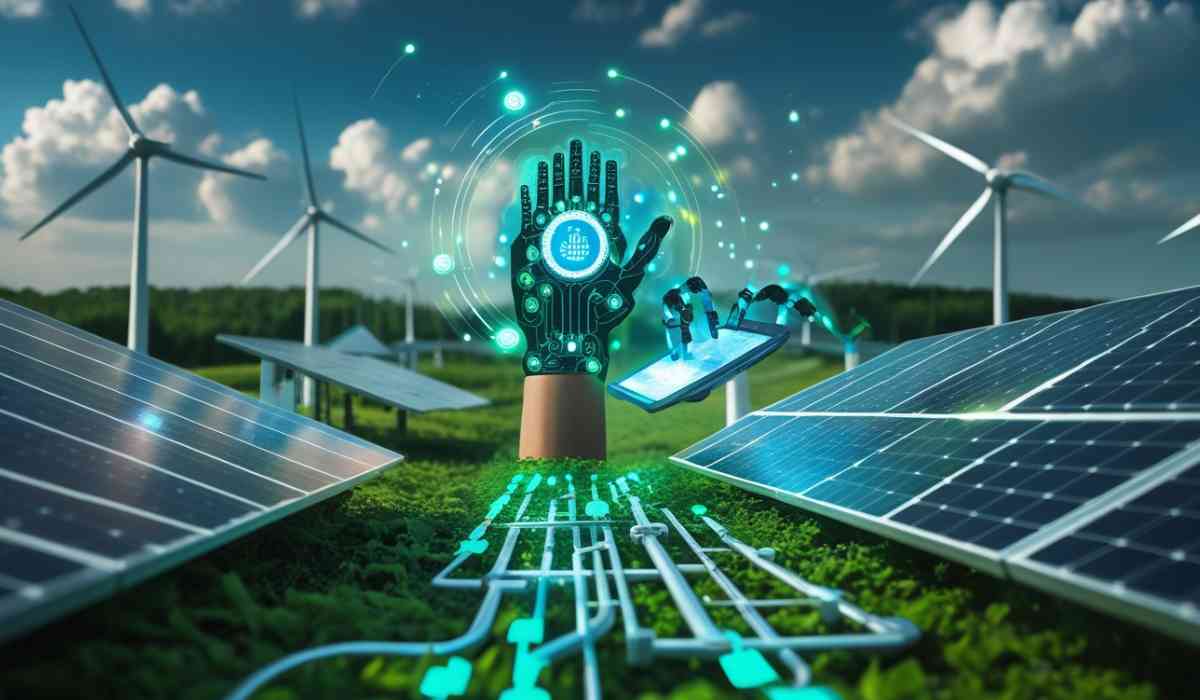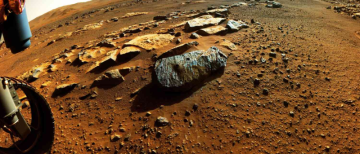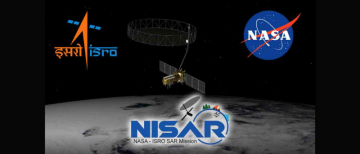The global push for sustainability and the urgent need to reduce carbon emissions have made renewable energy a cornerstone of future energy systems. However, harnessing the full potential of renewable sources like solar, wind, and hydropower requires overcoming challenges such as intermittency, complex grid integration, and operational inefficiencies. Artificial Intelligence (AI) is emerging as a transformative force, enabling smarter, more efficient, and reliable renewable energy systems that are helping to power a greener planet.

How AI is Revolutionizing Renewable Energy
1. Enhanced Energy Forecasting and Grid Management
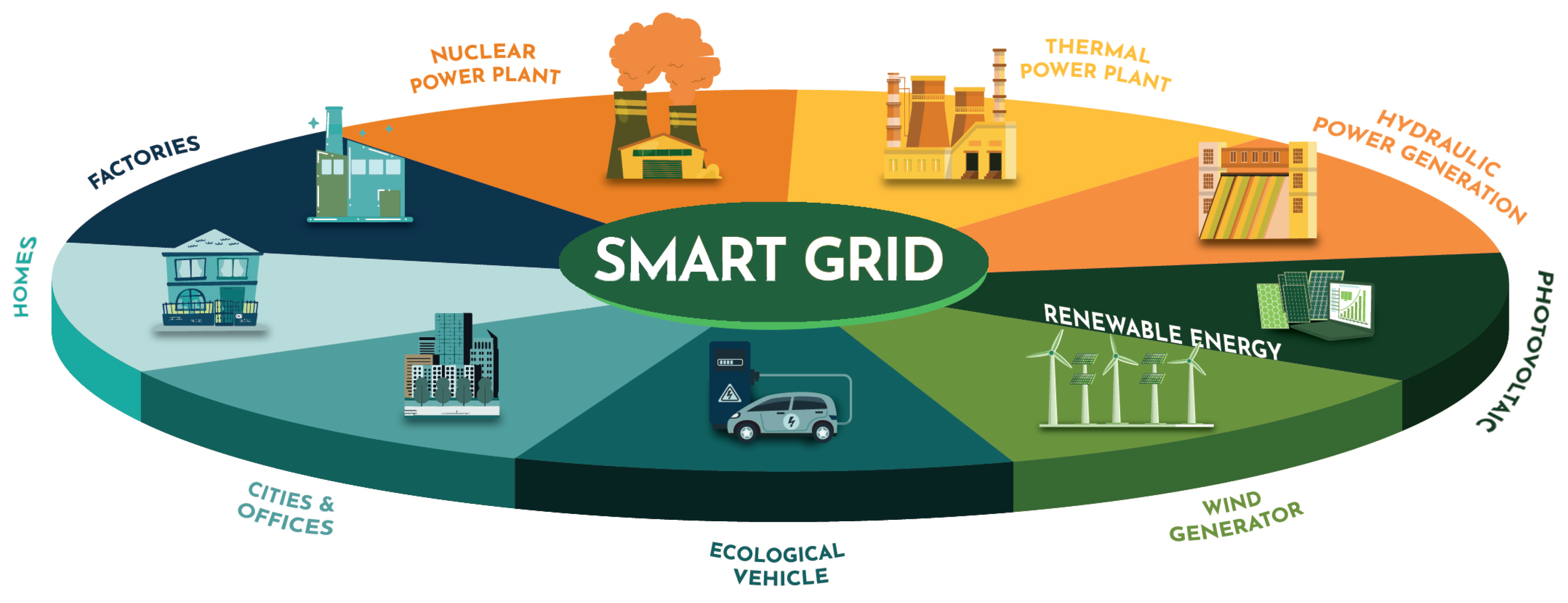
One of the most significant contributions of AI in renewable energy is its ability to improve the accuracy of energy production forecasts. Solar and wind power generation are inherently variable, depending on weather conditions. AI-driven predictive models analyze historical and real-time weather data to anticipate fluctuations, allowing grid operators to balance supply and demand more effectively and maintain grid stability. For example, pilot projects in sub-Saharan Africa and India use AI to optimize solar energy production and distribution, reducing blackouts and ensuring reliable electricity in rural communities.
2. Optimizing Renewable Energy Systems

AI algorithms continuously monitor and optimize the performance of renewable energy assets such as solar panels and wind turbines. By analyzing data from sensors and weather forecasts, AI can adjust panel angles or turbine operations to maximize energy capture. Google’s collaboration with DeepMind, for instance, resulted in a 20% boost in solar power generation efficiency by optimizing panel orientations and tracking sunlight. In the wind sector, AI-powered predictive maintenance systems detect early signs of mechanical wear, reducing downtime and maintenance costs.
3. Predictive Maintenance and Cost Reduction

AI’s ability to analyze vast amounts of operational data enables early detection of potential failures in renewable energy infrastructure. This predictive maintenance approach minimizes unplanned downtime, extends equipment lifespan, and reduces operational expenses. Studies show that AI-driven predictive analytics can reduce wind turbine outages by 25% and lower maintenance costs by up to 30%. For solar farms, AI can detect panel degradation and voltage fluctuations, allowing operators to schedule timely repairs and optimize workflows.
4. Smart Grids and Demand Response
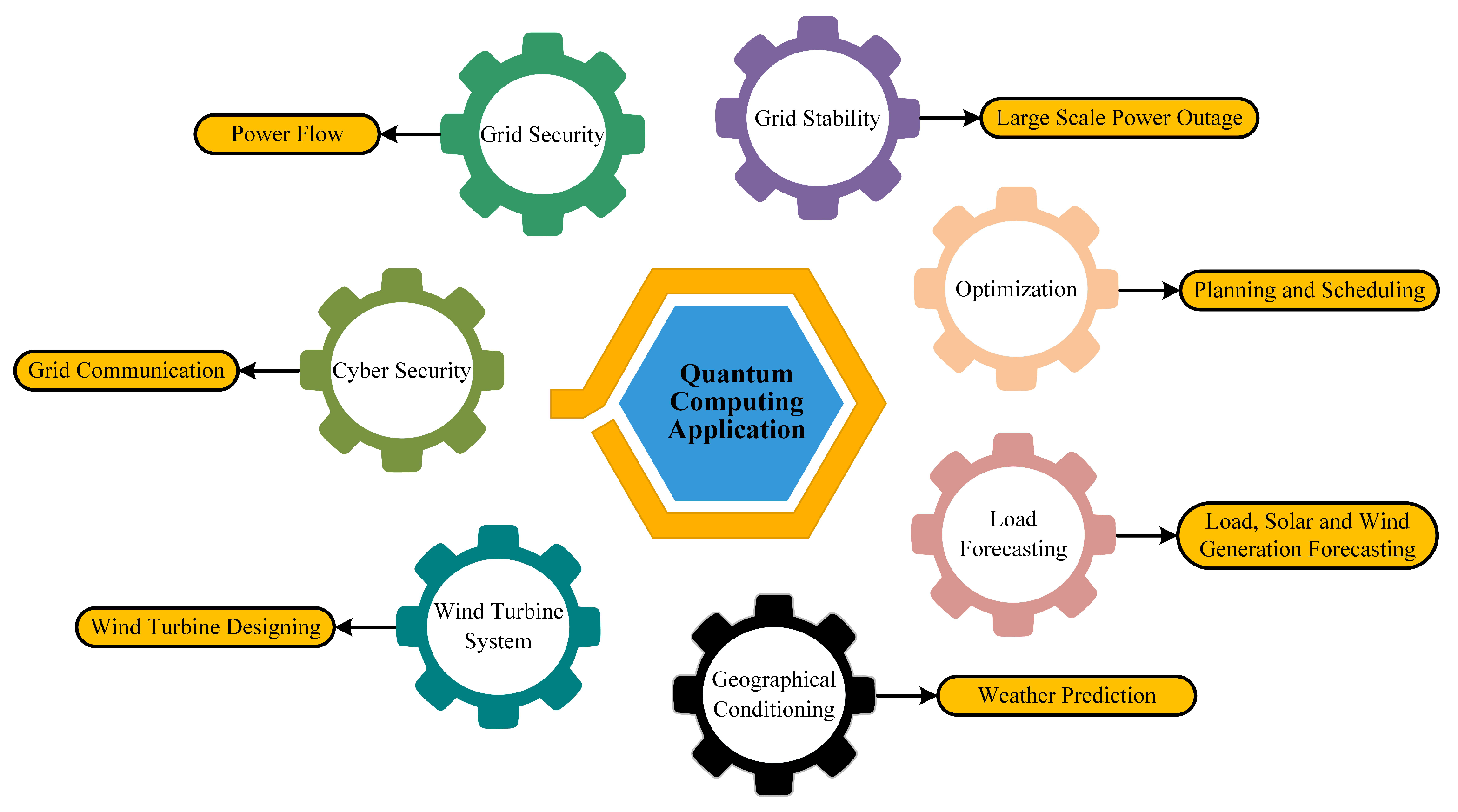
AI is instrumental in the development of smart grids, which integrate renewable energy sources with traditional power systems. Smart grids use AI to optimize energy distribution, manage demand response, and minimize transmission losses. In India, AI-managed microgrids have been deployed in over 100 villages, providing stable electricity to thousands of homes and reducing blackouts by 70%. AI also enables utilities to predict consumer demand with high accuracy, ensuring that power generation matches consumption and preventing grid overloads.
Key Benefits of AI in Renewable Energy
-
Increased Efficiency: AI optimizes energy production and distribution, maximizing the output of renewable energy systems.
-
Cost Savings: Predictive maintenance and improved asset management reduce operational expenses and extend infrastructure lifespan.
-
Grid Stability: Accurate forecasting and smart grid technologies enhance grid reliability and integration of renewables.
-
Sustainability: AI helps reduce greenhouse gas emissions by improving the efficiency and adoption of renewable energy sources.
-
Access to Energy: AI-powered microgrids provide reliable electricity to remote and rural areas, supporting energy access and equity.
Real-World Applications and Future Outlook
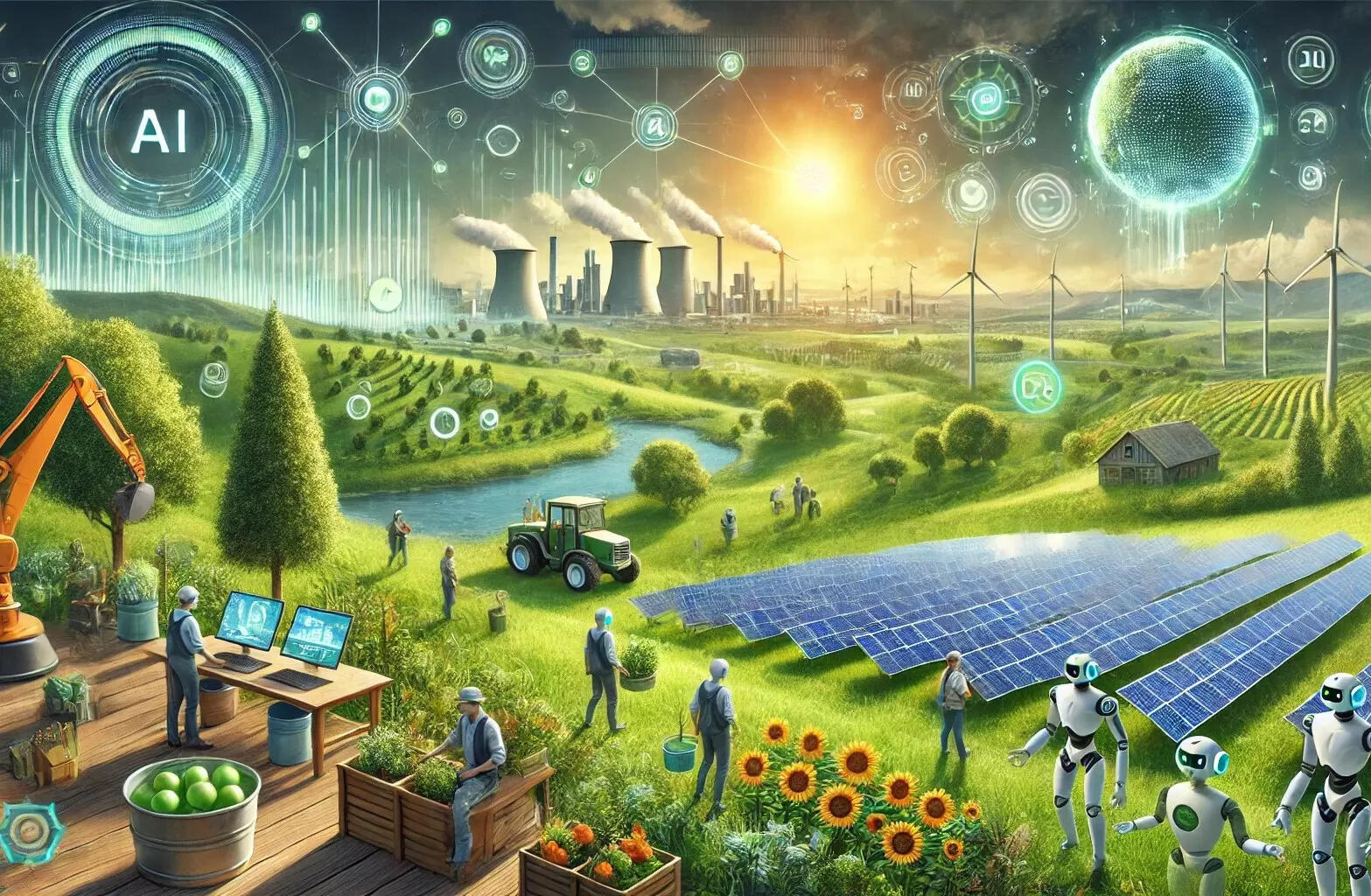
Leading companies and utilities are already leveraging AI to transform renewable energy operations. Google’s DeepMind, First Solar, and Vestas are among the pioneers using AI for solar and wind optimization, predictive maintenance, and grid management. The renewable energy market is projected to grow from USD 1.34 trillion in 2024 to USD 5.62 trillion by 2033, with AI playing a central role in this expansion.
As AI technology continues to advance, its applications in renewable energy will expand, addressing new challenges and unlocking further efficiencies. Collaborative efforts, transparent data sharing, and strategic integration into national energy policies will be essential to realizing AI’s full potential in driving the transition to a smarter, greener planet.
Final Note
Artificial Intelligence is not just a tool but a catalyst for the renewable energy revolution. By enabling smarter forecasting, optimizing energy systems, reducing costs, and improving grid reliability, AI is helping to build a sustainable energy future. As the world moves toward net-zero emissions, AI-powered renewable energy solutions will be indispensable in meeting global energy demands while protecting the planet for future generations.
With inputs from agencies
Image Source: Multiple agencies
©️ Copyright 2025. All Rights Reserved. Powered by Vygr Media.

